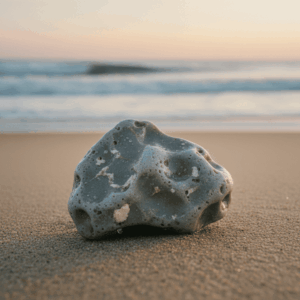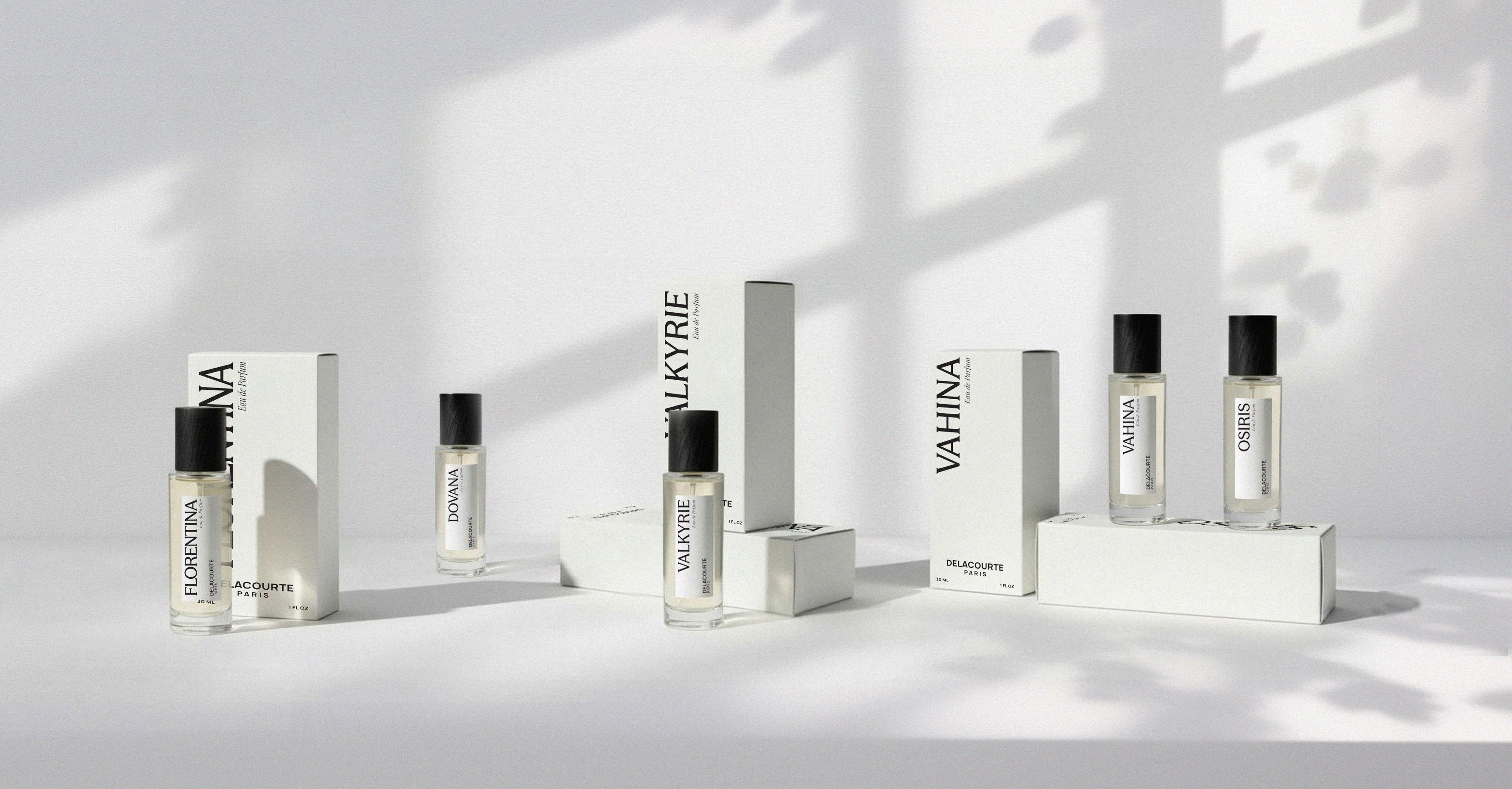Ambergris in Perfumery: History, Rarity, and the Mystery of the Sperm Whale’s Treasure

Ambergris is a natural secretion from the sperm whale, with the appearance of a floating grey stone. Extremely rare and precious, this animal-derived material is allowed in perfumery because it does not require killing the animal. It is one of the few natural animal notes still used today, alongside civet, musk, castoreum, and hyraceum.
Animal Notes in Perfumery: A Centuries-Old Tradition
As early as 330 BC, Alexander the Great discovered animal notes. Their strength and exceptional longevity made them precious fixatives for perfumers. The Egyptians and some African cultures used them for ritual or cosmetic purposes.
In the early 20th century, almost every perfume included animal notes. Used in small quantities, they enhanced base notes and added sensuality and smoothness without overwhelming the fragrance.
Today, evolving ethics and animal rights have led to the ban of most of these substances. The only exception is ambergris, which is still allowed because it causes no harm to animals. Nonetheless, animal notes have become much rarer in modern perfumery.
What is Ambergris? Origin, Oxidation, and Rarity
Ambergris is an intestinal calculus formed in some sperm whales (about 5%). When they swallow prey such as squid, the beaks can irritate their digestive tract. In response, the whale secretes a protective substance and expels it naturally.
This mass then floats on the ocean for several years. The oxidation caused by saltwater and sunlight is essential for the material to develop its olfactory properties. In its raw state, ambergris is blackish, soft, and foul-smelling. After oxidation, it becomes harder, grey to silver, and develops highly sought-after aromatic nuances.
It may wash up on beaches (New Zealand, Madagascar) or be collected at sea. Specialized suppliers carefully select the most promising pieces, with marine, salty, warm, or animalic scents. These are sold raw or transformed into tinctures using a communelle (a blend of several lots to ensure consistent olfactory quality), as with rose or jasmine.
Some ambergris blocks can weigh over 100 kg, though this is extremely rare. In 2013, a 3 kg block found in England was valued at over €100,000.
A Rare and Ethical Ingredient: Status and History
Known since antiquity—used as incense by the Egyptians—ambergris has been traded in Europe since the 15th century. In Madagascar, it is known as “whale amber.” Marco Polo reported its use after his travels.
In the 18th century, it was more prized than animal musk. It was added to chocolate for its aphrodisiac properties (Casanova was said to consume it) and used to scent gloves. The sperm whale also provided spermaceti, once used in soaps like Guerlain’s famous sapoceti.
Ambergris is not considered an “animal product” in regulatory terms and is therefore not listed under CITES (Convention on International Trade in Endangered Species).
Ambergris: A Unique Scent Profile and Olfactory Role
While visually unimpressive, oxidized ambergris reveals a captivating and complex fragrance. Its facets include leather, tobacco, woods, camphor, and sometimes a creamy warmth. Unlike strong-smelling civet, ambergris is subtle, mysterious, and sensual.
High-quality ambergris can ignite and melt into a golden liquid, hence the name “amber,” evoking fossilized tree resin. Fresh ambergris from a killed whale has no value—it’s only after years of oxidation that its scent becomes desirable.
Ambroxan vs. Natural Ambergris: The Synthetic Alternative
For ethical and regulatory reasons, the perfume industry increasingly uses synthetic molecules to mimic the scent of ambergris:
- Ambroxan: Derived from sclareol in clary sage, it mimics the dry, woody facet of ambergris.
- Cetalox: A synthetic compound (from Firmenich) used to reproduce the complex sillage.
These compounds mimic some of ambergris’s olfactory characteristics with greater stability and provide a reliable, cruelty-free alternative.
Most other animal-derived ingredients are now banned in perfumery (the WWF played a key role). However, some Middle Eastern perfume houses continue to use them in traditional local compositions.
Famous Perfumes Featuring Ambergris
Natural ambergris (or its synthetic counterpart) is used as a powerful fixative in many iconic fragrances:
- Mitsouko by Guerlain (utilizes an animalic base note).
- Ambre Nuit by Dior (uses synthetic or natural ambergris depending on the batch).
- Ambre Sultan by Serge Lutens (famous for its rich, amber accord).
Some high-end perfumes contain 25 to 30% precious natural materials that are very difficult to imitate, such as natural oud, civet, iris pallida butter, or santal alba. The longevity of a fragrance often relies on these powerful base ingredients.
